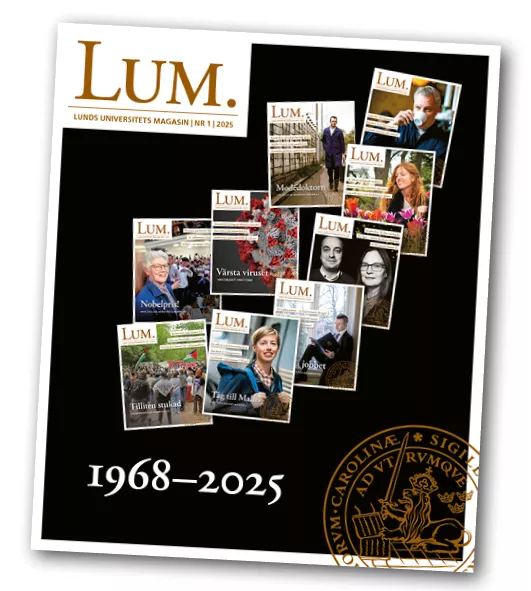During spring 2021, Olga sent in her manuscript in paediatrics to a couple of different journals for publication. After a delay of several months in the review process, she got tired of waiting and withdrew her article. Shortly thereafter, she was contacted by the Journal of Clinical and Medical Images. Olga questioned whether she really could get published in the journal as she had used animal models, but quickly received a reply from the editor that it would not be a problem. The journal, which purported to be a new, not-for-profit journal, was not included on Beall’s* list of predatory journals when Olga checked.
“I felt it was OK because I received a reply from the editor, and I had checked the blacklists. In addition, I was a bit impatient to publish, which meant that I was not sufficiently thorough.”
Found misleading information
Having consulted the co-authors on her study and her supervisor, she submitted the manuscript to the journal. In the beginning, the submission process went exactly as usual, but it was surprisingly concluded without any agreement on copyright or a final review body. This made Olga suspicious, so she contacted librarian Aprile Clark at the Faculty of Medicine who checked the journal and confirmed that it was an unprofessional publication. Its website featured both misleading and false information on impact factors and indexing.
“As soon as I found that out, I contacted the journal to withdraw my manuscript. But they never answered my emails, and instead published my article a few days later, on Research Gate.”
Insofar as Olga hadn’t signed over any rights to the journal, it was thereby guilty of copyright infringement. In addition, the journal sent an invoice for an article processing charge that Olga never paid.
Important to be thorough
“I don’t know how many emails I have written to the journal and of course they have no functioning telephone number”.
Despite the journal sending further invoices and threatening to remove the manuscript if she didn’t pay, Olga’s article is still online. This means that she may not be able to publish it anywhere else and the work behind it will be lost. Olga is critical of herself and upset that she was not more thorough in her initial checks of the journal.
“Of course I am embarrassed and it feels as though I have betrayed my supervisor and co-authors. I should have realised that something was wrong as soon as I got the first email and the offer of publication – I have never been contacted in that way before.”
Anyone can be tricked
After what happened, Olga has read about many others who have been tricked by predatory journals and she has realised that, however experienced you are, you can still end up in this unpleasant situation. She has contacted the editors of all the blacklists she could find, who have updated their lists to include the Journal of Clinical and Medical Images.
“However difficult it is for me personally, I want to talk about what happened so that others can avoid falling into the same trap. It has been a painful experience, that has hopefully made me a little wiser.”
Read more in the article below.




